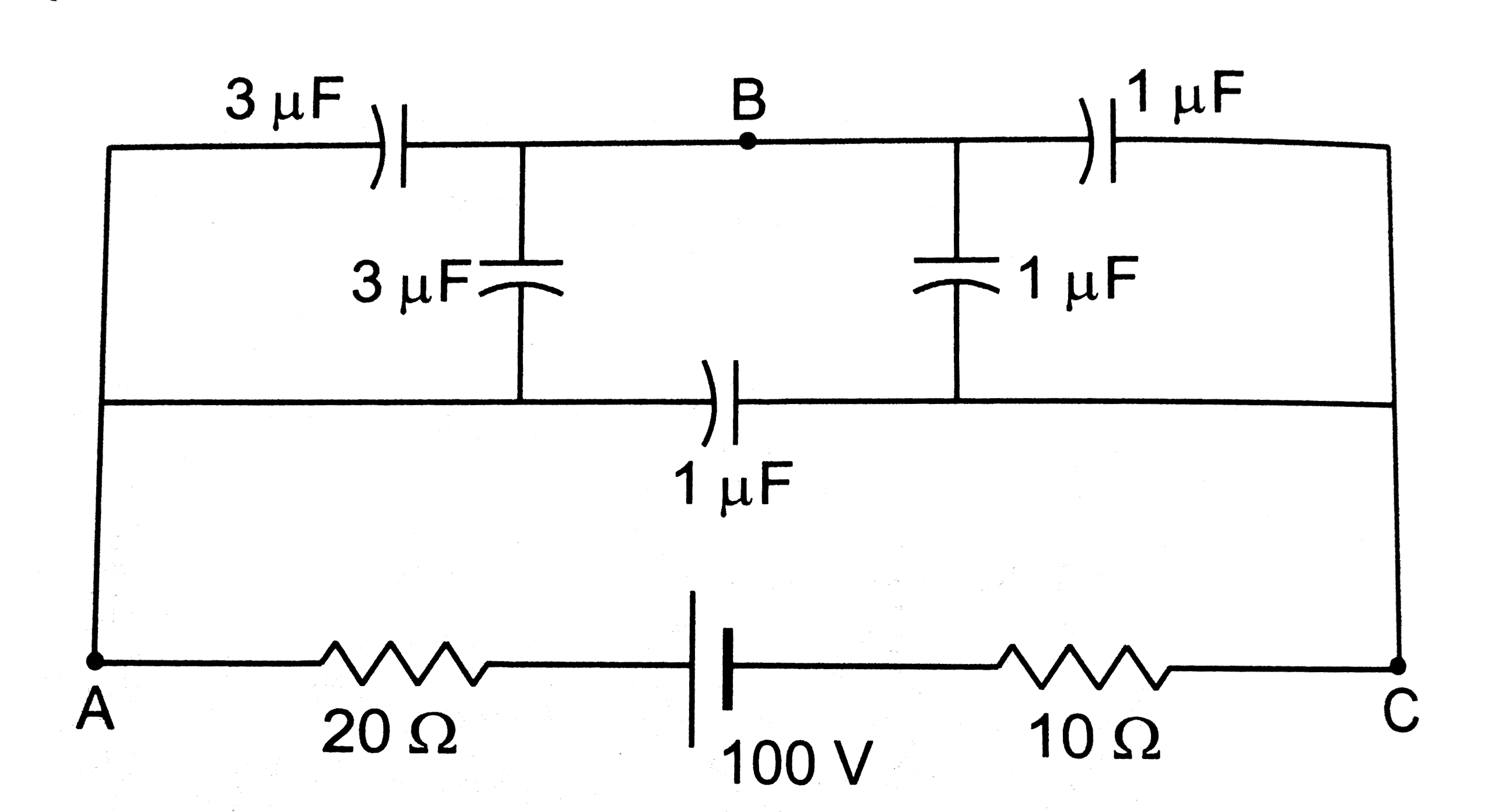A balloon is observed simultaneously from three points A, B and C on a straight road directly under it. The angular elevation at B is twice and at C is thrice that at A . If the distance between A and B is 200 metres and the distance between B and C is 100 metres, then find the height of balloon above the road.
To find the height of the balloon above the road, we can follow these steps:
Step 1: Set up the problem
Let h be the height of the balloon above the road. Let θ be the angle of elevation from point A. Then, the angle of elevation from point B is 2θ and from point C is 3θ.
Step 2: Define the distances
- The distance between points A and B is 200 meters.
- The distance between points B and C is 100 meters.
- Let the distance from point A to point C be x. Therefore, the distance from A to B is 200 meters and from B to C is 100 meters, so:
x=200+100=300 meters
Step 3: Write equations using trigonometric functions
From the right triangle formed at point C:
tan(3θ)=hx
Thus,
x=hcot(3θ)(1)
From the right triangle formed at point B:
tan(2θ)=hx+100
Thus,
x+100=hcot(2θ)(2)
From the right triangle formed at point A:
tan(θ)=hx+200
Thus,
x+200=hcot(θ)(3)
Step 4: Substitute x in equations (2) and (3)
Substituting x=hcot(3θ) into equations (2) and (3):
From equation (2):
hcot(3θ)+100=hcot(2θ)
Rearranging gives:
100=hcot(2θ)−hcot(3θ)
100=h(cot(2θ)−cot(3θ))(4)
From equation (3):
hcot(3θ)+200=hcot(θ)
Rearranging gives:
200=hcot(θ)−hcot(3θ)
200=h(cot(θ)−cot(3θ))(5)
Step 5: Divide equations (4) and (5)
Dividing equation (4) by equation (5):
100200=h(cot(2θ)−cot(3θ))h(cot(θ)−cot(3θ))
This simplifies to:
12=cot(2θ)−cot(3θ)cot(θ)−cot(3θ)
Step 6: Solve for θ
Cross-multiplying gives:
cot(θ)−cot(3θ)=2(cot(2θ)−cot(3θ))
This leads to a trigonometric identity that can be solved for θ.
Step 7: Find h
Once θ is determined, substitute back into equation (5) to find h:
200=h(cot(θ)−cot(3θ))
Solving for h gives:
h=200cot(θ)−cot(3θ)
Final Calculation
Using the known values of θ (for example, if θ=30∘):
- Calculate cot(30∘) and cot(90∘) (which is undefined, hence use sin and cos to find h).
- Substitute back to find h.
Conclusion
The height of the balloon h is calculated to be 100√3 meters.
---
Let h be the height of the balloon above the road. Let θ be the angle of elevation from point A. Then, the angle of elevation from point B is 2θ and from point C is 3θ.
- The distance between points A and B is 200 meters.
- The distance between points B and C is 100 meters.
- Let the distance from point A to point C be x. Therefore, the distance from A to B is 200 meters and from B to C is 100 meters, so:
x=200+100=300 meters
From the right triangle formed at point C:
tan(3θ)=hx
Thus,
x=hcot(3θ)(1)
tan(2θ)=hx+100
Thus,
x+100=hcot(2θ)(2)
tan(θ)=hx+200
Thus,
x+200=hcot(θ)(3)
Substituting x=hcot(3θ) into equations (2) and (3):
hcot(3θ)+100=hcot(2θ)
Rearranging gives:
100=hcot(2θ)−hcot(3θ)
100=h(cot(2θ)−cot(3θ))(4)
hcot(3θ)+200=hcot(θ)
Rearranging gives:
200=hcot(θ)−hcot(3θ)
200=h(cot(θ)−cot(3θ))(5)
Dividing equation (4) by equation (5):
100200=h(cot(2θ)−cot(3θ))h(cot(θ)−cot(3θ))
This simplifies to:
12=cot(2θ)−cot(3θ)cot(θ)−cot(3θ)
Cross-multiplying gives:
cot(θ)−cot(3θ)=2(cot(2θ)−cot(3θ))
This leads to a trigonometric identity that can be solved for θ.
Once θ is determined, substitute back into equation (5) to find h:
200=h(cot(θ)−cot(3θ))
Solving for h gives:
h=200cot(θ)−cot(3θ)
Using the known values of θ (for example, if θ=30∘):
- Calculate cot(30∘) and cot(90∘) (which is undefined, hence use sin and cos to find h).
- Substitute back to find h.
The height of the balloon h is calculated to be 100√3 meters.
Topper's Solved these Questions
Similar Questions
Find the distance between origin and the point (a, -b).
View SolutionFind the distance between the points (a,b)and(−b,a)
View SolutionFind the distance between points A(4,6) and B(4,−2) .
View SolutionLet A,B,C be three unit vectors and A.B=A.C=0. If the angel between B and C is π6 , then A is equals to
View SolutionA stationary balloon is observed from three points A, B and C on the plane groundand is found that its angle of elevation from each point is 60∘. If ∠ABC=30∘ and AC = 5 meters, then the height of the balloon from the ground is
View SolutionWhat is the distance between the points A(c, 0) and B(0, −c) ?
View SolutionThre stones A, B and C are simultaneously projected from same point with same speed. A is thrown upwards, B is thrown horizontally and C is thrown downwards from a boulding. When the distance between stone A and C becomes 10 m, then distance between A and B will be-
View SolutionFind distance between the points A (a,b) and B( - b,a)
View SolutionThe angle of elevation of the top of a vertical tower from a point A due east of it is 45∘. The angle of elevation of the top of the same tower from a point B due south of A is 30∘. If the distance between A and B is 54√2 m then the height of the tower (in metres), is
View Solutionfind the potential difference between th point A and B and between the point B and C of figure in steady state.

View Solution
